Paddle Lightly, Let Wild Waters Thrive

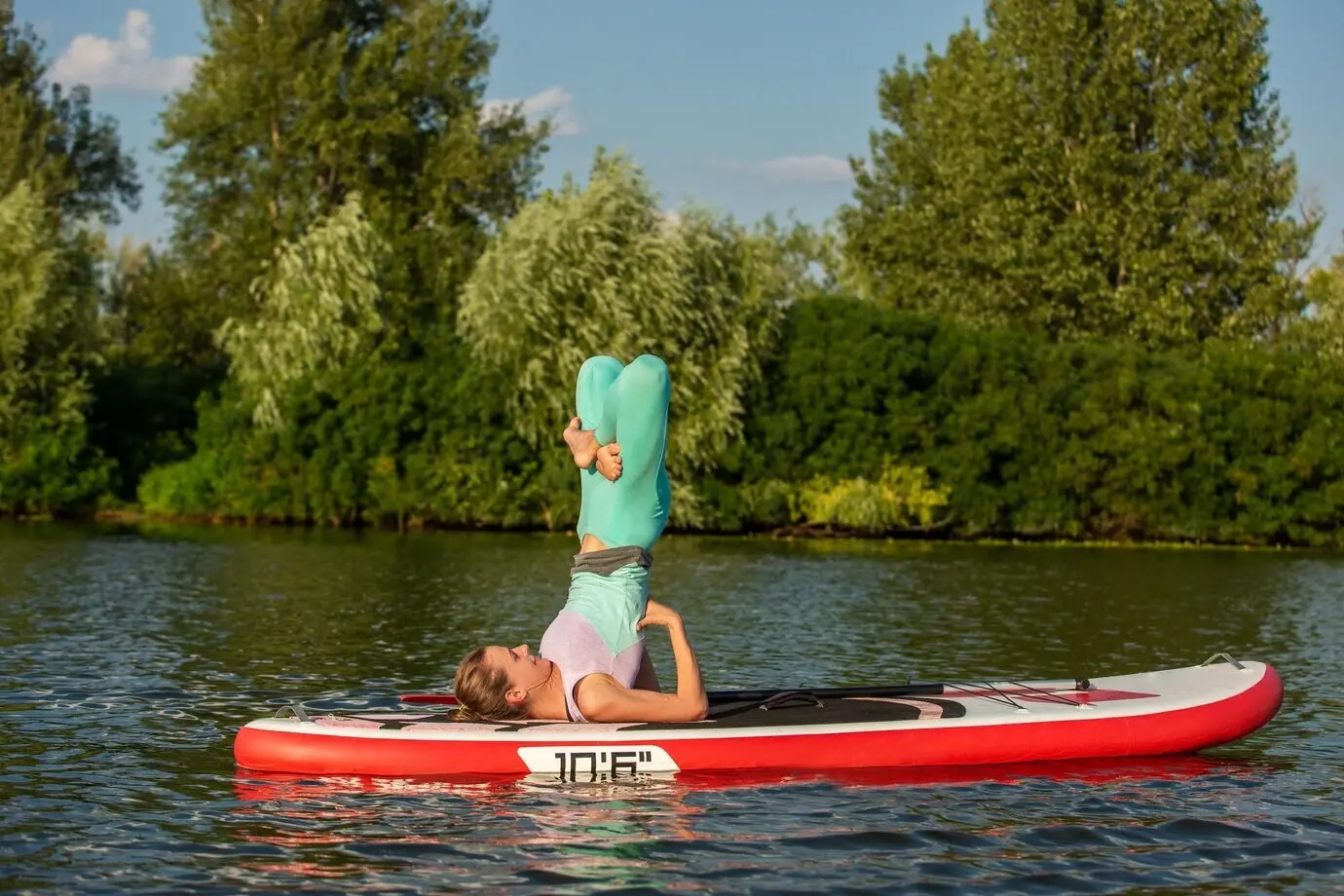
Reading Water, Listening to Wildlife
Low-Impact Launches, Landings, and Passes
Choose Durable Access Every Time
Established boat ramps, hardened gravel, or clearly designated entries concentrate wear and prevent fragile shore damage. If improvising, scan for bare ground, avoid riparian grasses, and carry boats rather than dragging. Group leaders can stagger launches to reduce congestion, wake, and hurried missteps. After returning, check for scuffs, displaced stones, or crushed shoots and repair what you can. Comment with maps or notes about local access solutions that have worked beautifully without sacrificing habitat integrity.
Wake Etiquette in Wildlife Zones
Small craft still create disruptive wakes that batter nests, loosen roots, and disturb resting animals. Trim speed before tight bends, steer well outside reed beds, and angle your hull parallel to wake direction to soften waves. When passing other users, signal clearly, give extra room, and keep voices low. Your calm, deliberate line sets the tone for everyone behind you. Tell us how your group manages pacing to avoid wake stacking that multiplies shoreline impact unnecessarily.
Portage Paths That Protect Edges
If a carry is needed, use existing trails, rock slabs, or gravel strips to avoid trampling seedlings and delicate mosses. Spread group spacing so footsteps do not erode a single muddy rut. Lift boats over logs rather than cutting new shortcuts. A brief scouting pause saves plants and keeps footing safer. Share a photo or sketch of a smart portage you discovered, helping others visualize low-impact routes that honor both safety and living shoreline structure.
Quiet Craft, Thoughtful Gear
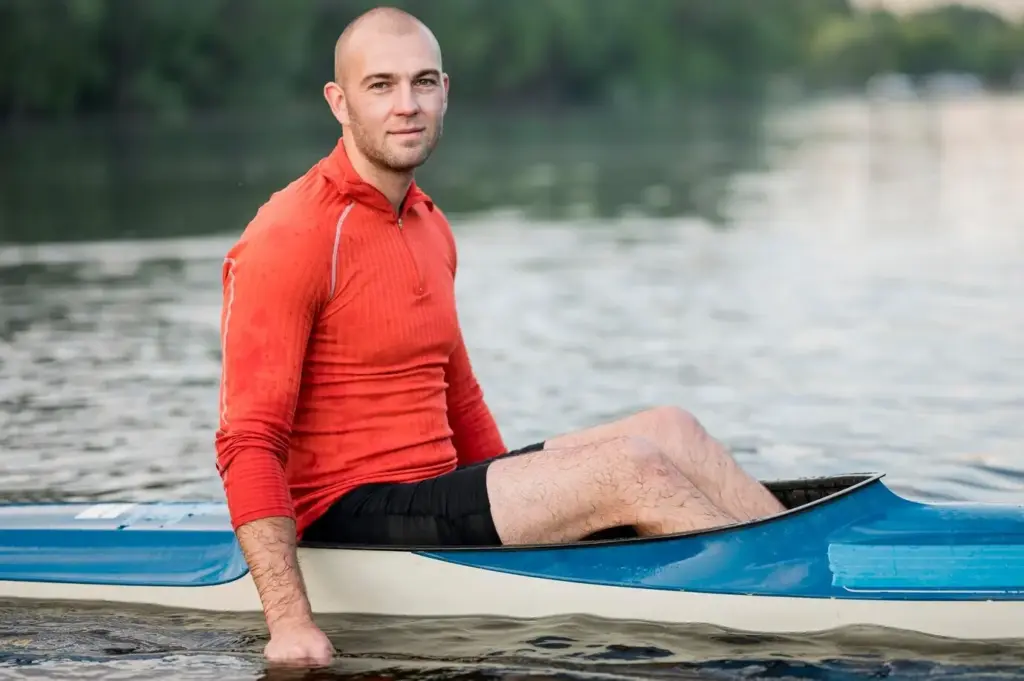

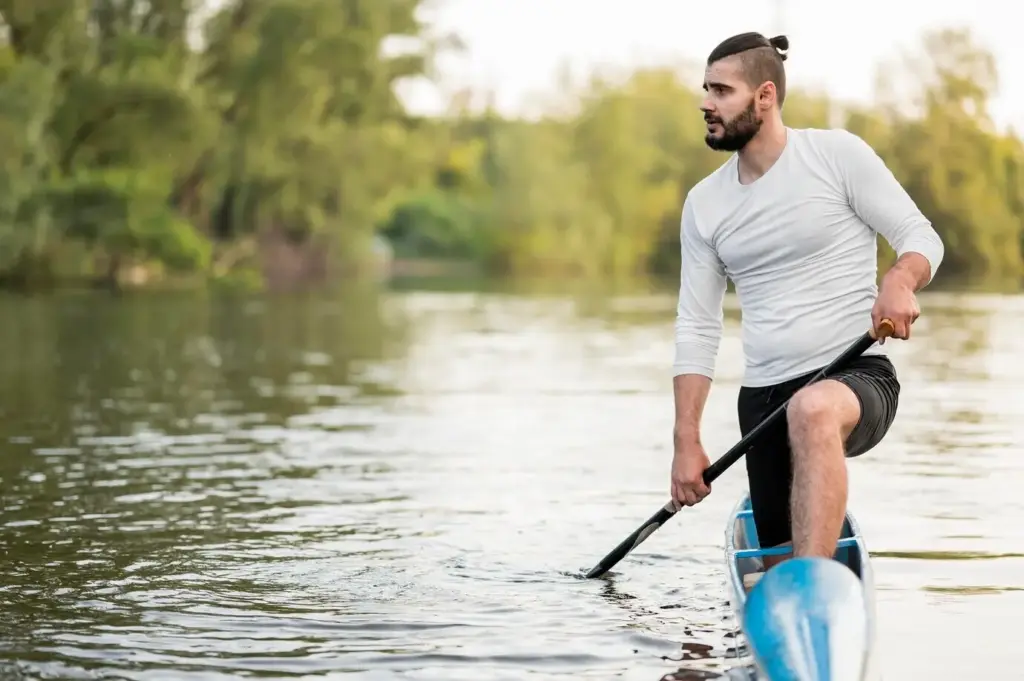


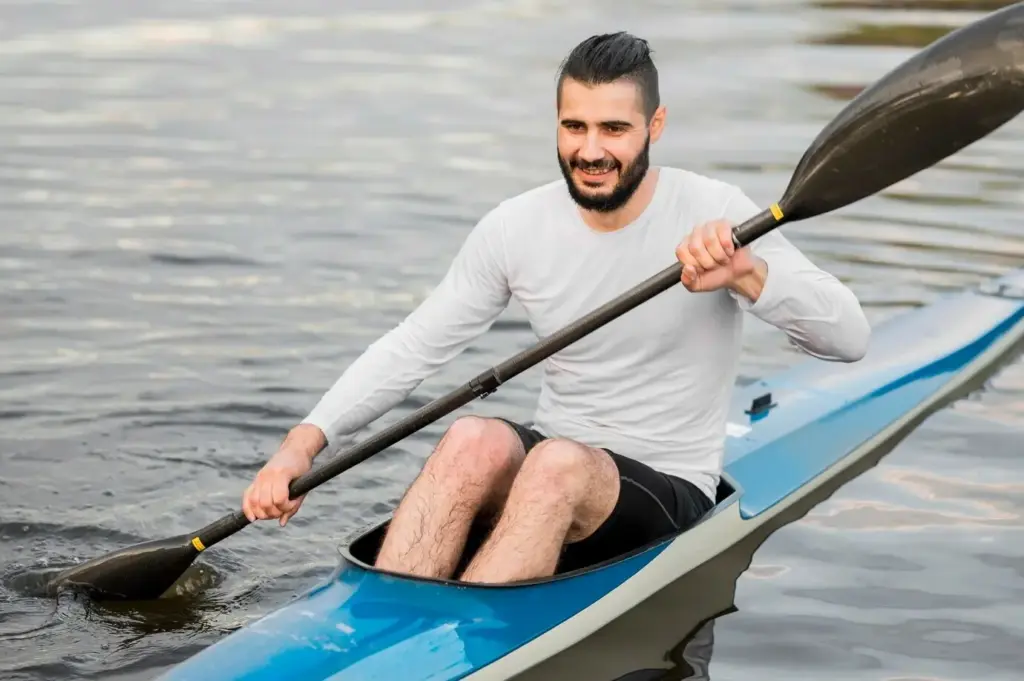
Space, Silence, and Ethical Images
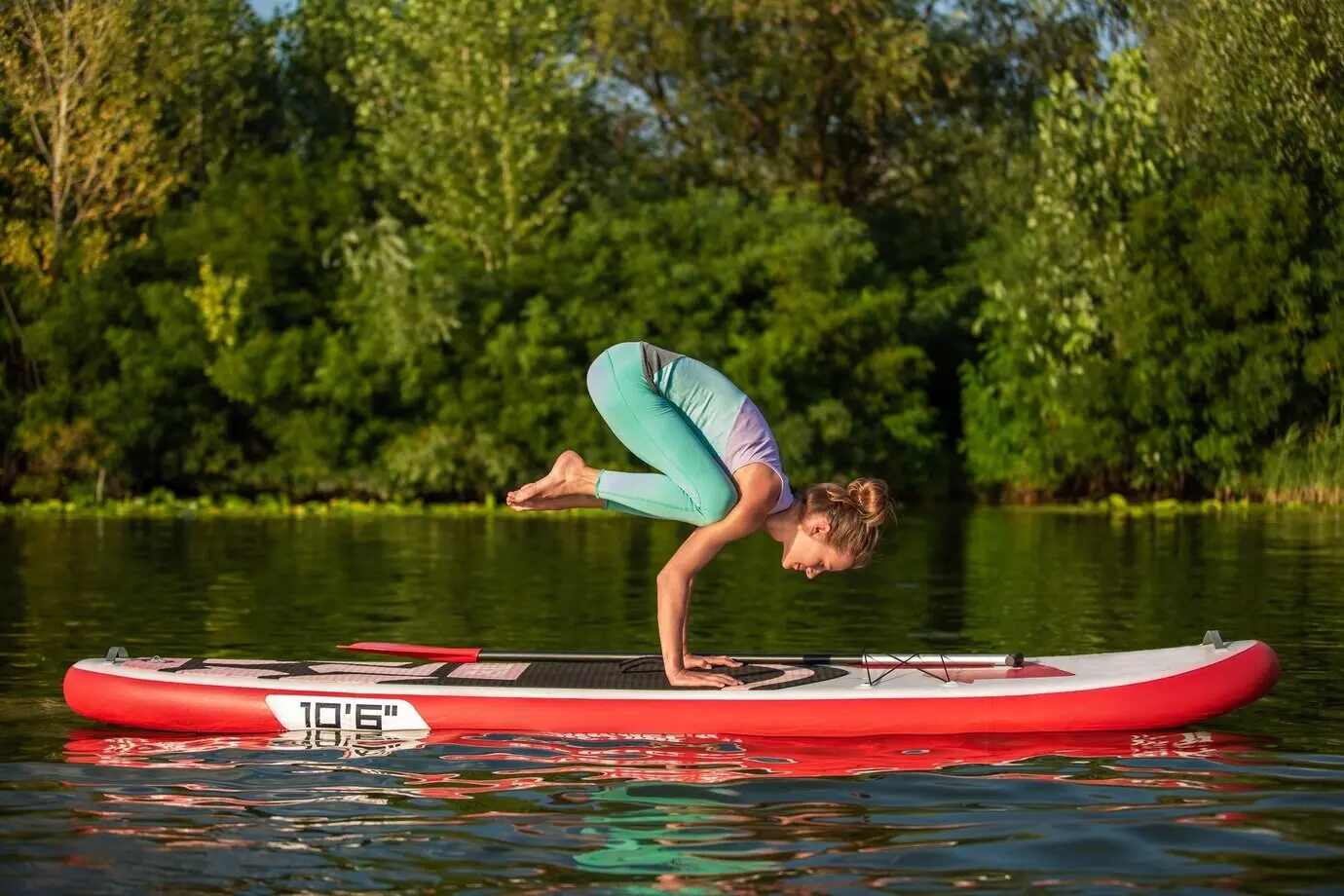
Know and Exceed Minimum Distances
Regulations vary, but a generous buffer is always wise, especially around nurseries and rookeries. If animals stop feeding or orient toward you, you are already too close. Increase space, lower profile, and pass tangentially, never boxing wildlife against shore. Carry local guidance screenshots on your phone for clarity. In comments, link resources from your area so visiting paddlers understand expected buffers and seasonal restrictions long before they slide a boat off the rack or shoreline.
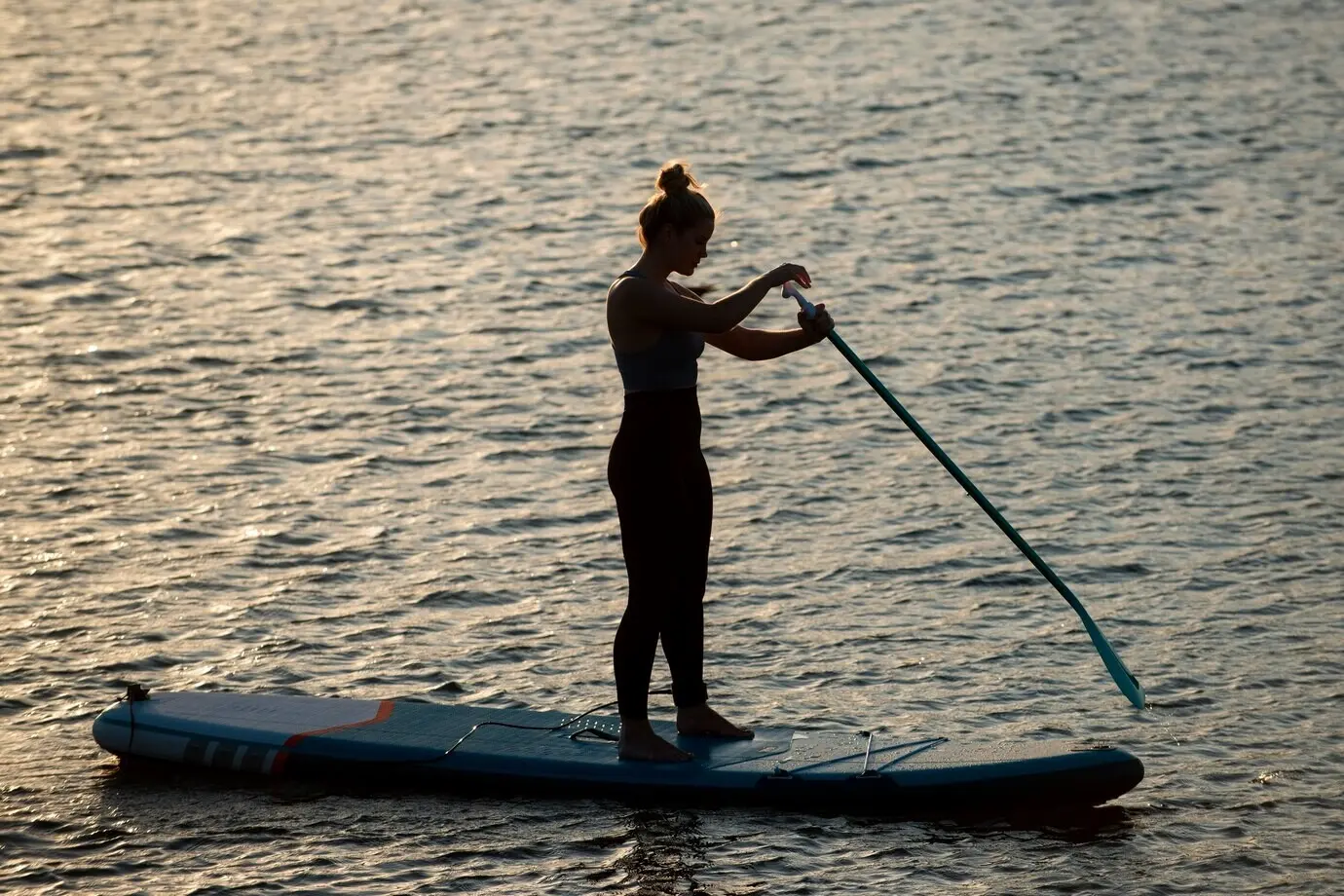
Sound Discipline on Open Water
Voices bounce over water, multiplying reach. Keep conversations soft, whistles reserved for safety, and music off. Coach kids with games that reward quiet observation rather than volume. Practice paddle strokes that enter cleanly and exit without slap. Let wind masks your passage instead of fighting it loudly. Share techniques for group communication that stay effective yet gentle, such as simple hand signals, pre-agreed formations, and periodic silent minutes that reveal wildlife you might otherwise miss entirely.

Photography Without Disturbance
Shot planning begins with ethics: no baiting, no flushing for flight, no nest reveals that invite crowds, and careful metadata choices when posting sensitive locations. Use stable platforms, longer lenses, and patience. If an animal notices you, step back until it forgets. Describe a moment when distance improved composition, adding landscape scale, reflection patterns, or storytelling context you would have lost by creeping closer. Invite others to share settings and approaches that made respectful artistry possible.